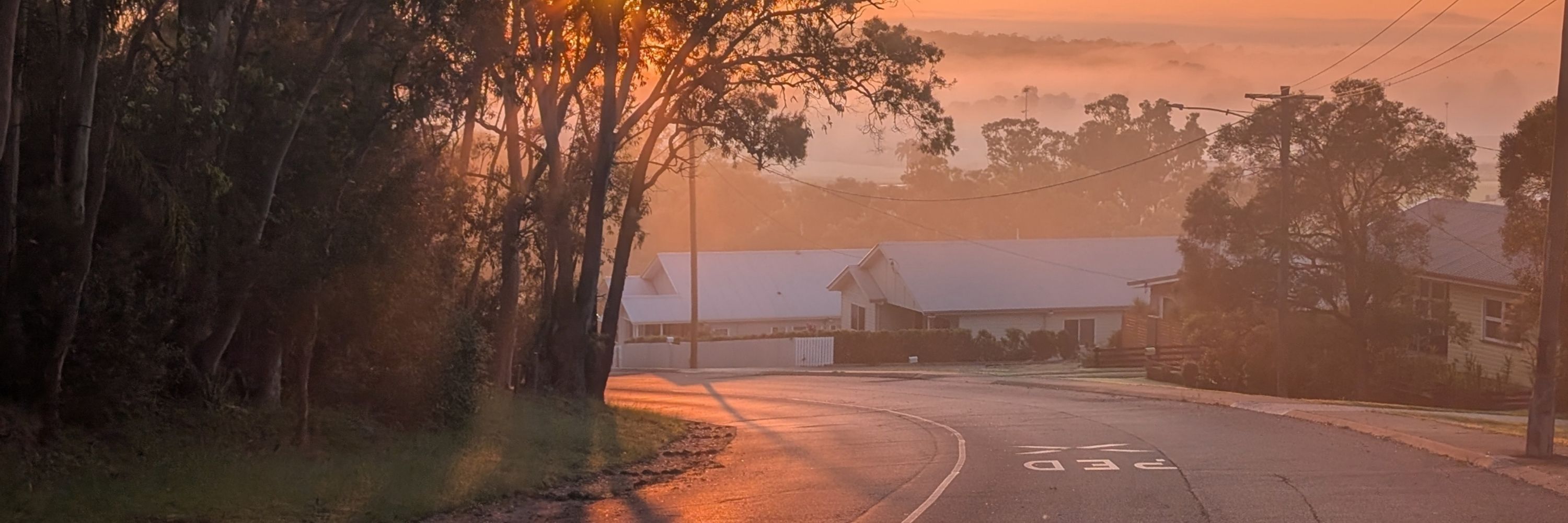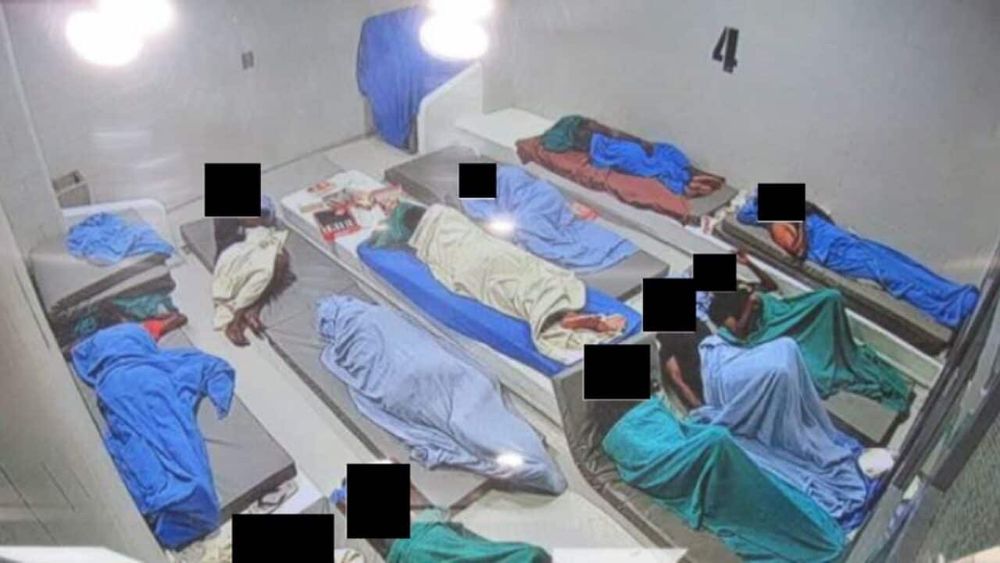
www.theguardian.com/law/2025/dec...

www.theguardian.com/law/2025/dec...

www.sbs.com.au/news/article...

www.sbs.com.au/news/article...
private AI companies that get paid based on how many claims they deny..."
www.kuow.org/stories/thou...

I hope we shall crush in its birth the aristocracy of our
moneyed . . . corporations, which dare already to challenge
our government to a trial of strength and bid defiance to the
laws of our country. —Thomas Jefferson

It reads like an essay penned by a second-year policy studies student.
It reads like an essay penned by a second-year policy studies student.

nurse.org/news/nurse-s...

www.theguardian.com/australia-ne...

www.theguardian.com/australia-ne...
www.thehandbasket.co/p/rfk-jr-ant...

www.thehandbasket.co/p/rfk-jr-ant...
One critic described the document as “a pretty explicit defense of using the state as a means of enforcing white supremacy.”

One of the country's most successful and respected geology & climate programs: gone.
When ideologues & politicians are threatened by the very act of studying climate change, I wonder: who of us is next?
Despite the fact that the academic council recommended against it, despite the fact that the program brought in more tuition than it cost, and despite the fact that Nebraskans need & deserve this expertise, Earth & Atmospheric Sciences will be cut.
www.dailynebraskan.com/news/adminis...

One of the country's most successful and respected geology & climate programs: gone.
When ideologues & politicians are threatened by the very act of studying climate change, I wonder: who of us is next?
"Brainstem dysfunction as a potential etiology of #MECFS and #LongCovid: A mechanical basis” by Jeff Wood, @thosvarley.bsky.social @hiimjakekthx.bsky.social @artasemita.bsky.social @tessfalor.bsky.social @kaufmanmd.bsky.social
www.sciencedirect.com/science/arti...
1/6 🧵

“It's time to bring back masculine leadership to protect our most vulnerable,” writes Joe Lonsdale.
This is where Silicon Valley authoritarianism is heading:
www.thenerdreich.com/joe-lonsdale...


ca.news.yahoo.com/another-blow...

ca.news.yahoo.com/another-blow...
Silencing her doesn’t change the reality; it only exposes the pressure to hide it.
Silencing her doesn’t change the reality; it only exposes the pressure to hide it.
#BSL #Deaf #Deafblind
www.disabilitynewsservice.com/deaf-people-...

ZERO cervical cancer cases diagnosed in Aussie women under 25 in 2021... the first time since national records began in 1982
Thanks to HPV vaccination & better cervical screening”
H/t Snarky Gherkin

ZERO cervical cancer cases diagnosed in Aussie women under 25 in 2021... the first time since national records began in 1982
Thanks to HPV vaccination & better cervical screening”
H/t Snarky Gherkin
1/
Recently at a Q&A, the chair asked me an excellent question: Why do you push so hard against the idea of a ‘nature cure’ when moments in your book Drystone - A Life Rebuilt might look like exactly that?
The answer is simple.
#Reading #Writing #NatureWriting #Nature #Scotland #Books

The Norwegian government ruled out new licenses after public pressure from around the world.
People power wins again.
The Norwegian government ruled out new licenses after public pressure from around the world.
People power wins again.



